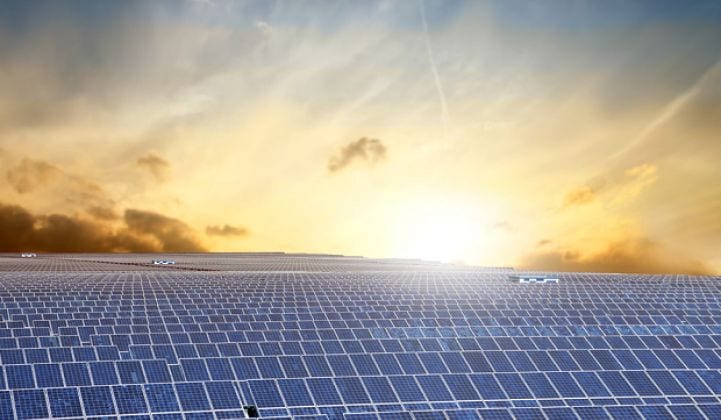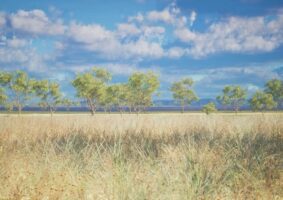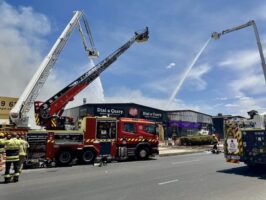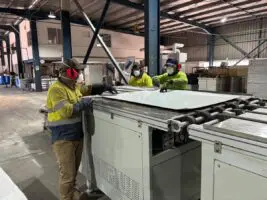Plans for a huge wind solar hybrid project in the Pilbara region in north-western Australia have jumped from 9GW to 11GW, with Macquarie Group jumping on board to provide development capital.
The Asia Renewable Energy Hub has ambitious plans to build a mega project in the north-west to underpin a local manufacturing base and to export renewable energy to south-east Asia via a sub-sea cable and to export green hydrogen
The scale of the project is enormous – equivalent to more than the entire capacity of large scale wind and solar projects being built for the national renewable energy target.
It is the second extension of the project’s scale, which is nearly double its original scope, reflecting the growing confidence of consortium members in the mechanics and economics of the project, and the growing opportunities.
The latest upgrade follows more analysis of the wind speeds in the area, and growing realisation about the potential for green hydrogen – the use of wind and solar to create a green fuel that can be transported to Asia countries and displace emissions-intensive LNG.
The consortium now plans for more than 7.5GW of wind turbines, and more than 3.5GW of solar PV arrays, which together will generate more than 40 terrawatt hours of competitively priced clean energy per annum.
That equates to nearly 20 per cent of the total generation in Australia and is more than the 33TWh sought for the RET, although that target is likely to be exceeded.
AREH director Alex Tancock said the consortium – which already includes Australia’s CWP Renewables, wind turbine manufacturer Vestas and Intercontinental Energy, was excited to add Macquarie to the group.
“(The hub) will supply large scale, low cost, clean energy to enable customers in the Pilbara to grow, unlocking billions of dollars of investment potential throughout the region,” he said in a statement.
Hancock says that more than half of the capacity was now being allocated to existing and new energy users in the Pilbara, which currently relies on expensive gas generators, or in some cases diesel.
These energy users include mines and mineral processing, and the consortium was also looking at using wind and solar for the large scale production of green hydrogen, as envisioned by the likes of chief scientist Alan Finkel, the CSIRO, and others.
The project was recently granted Lead Agency Status, for facilitation by the West Australian Department of Jobs, Tourism, Science and Innovation under the Lead Agency Framework.
“Renewable energy is a key economic diversification opportunity for the Pilbara which capitalises on existing natural wind and solar assets,” Pilbara Development Commission Chairperson Brendan Hammond said.
“Producing renewable energy in the region would boost the business competitiveness of the Pilbara by significantly lowering the cost of energy to accelerate the rate development in not only mining, but other emerging industries.”
In August, two new reports from the Australian Renewable Energy Agency and a group led by chief scientist Alan Finkel highlighted the enormous opportunities for Australia in pursuing “green” hydrogen exports, based around the country’s enormous potential for wind and solar power.
One of those reports suggested that the opportunities by 2040 is for 200TWh (200,00GWh) of renewable capacity to create green hydrogen exports – equivalent to the annual output of the entire National Electricity Market.
The Pilbara is generally known for its excellent solar resources, but CWP says it has also found a major wind resource in the area, and the shift to even larger turbines has dramatically increased its assumed potential. The consortium has found a site between Port Hedland and Broome.
Financial Close for the first phase of the hub is anticipated in 2021. The hub is expected to be constructed in phases over a 6 to 7 year period.








